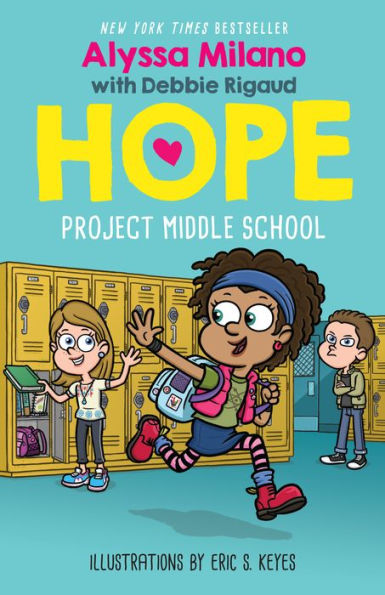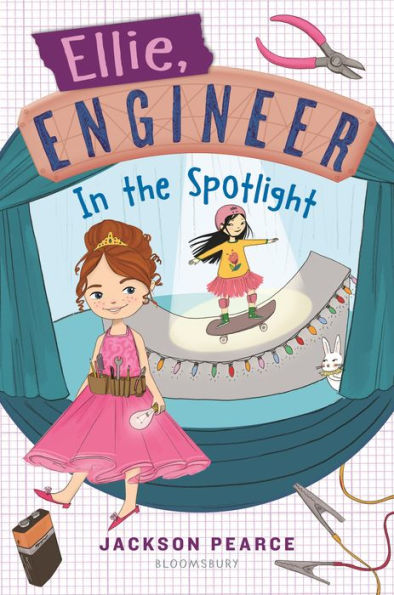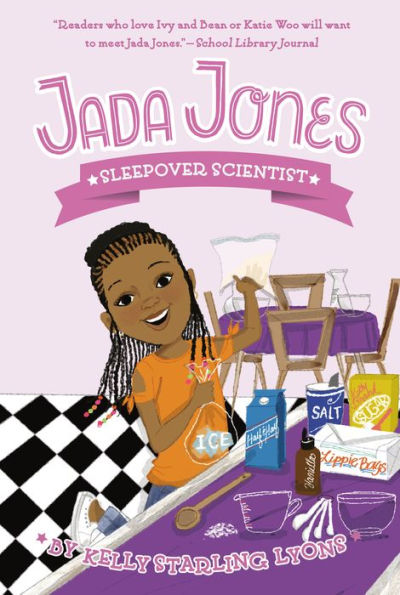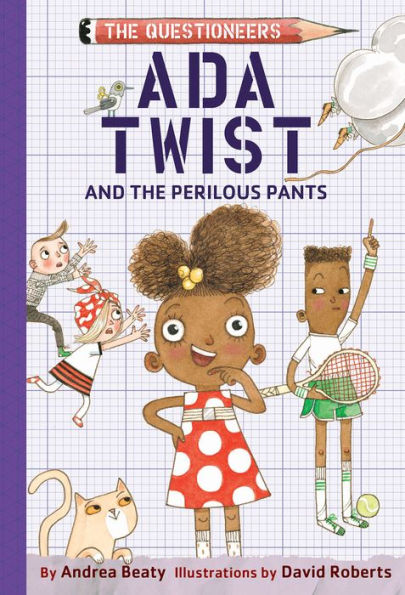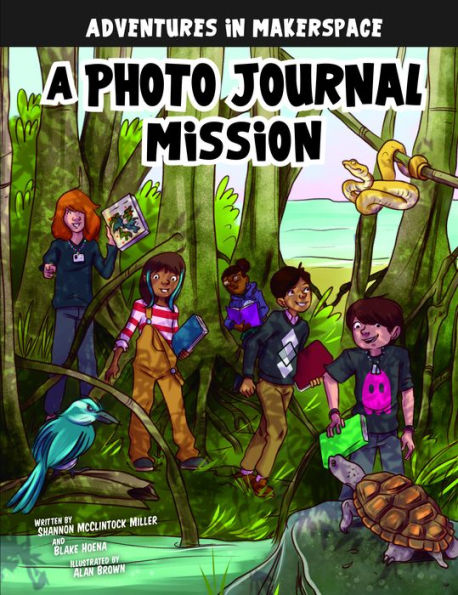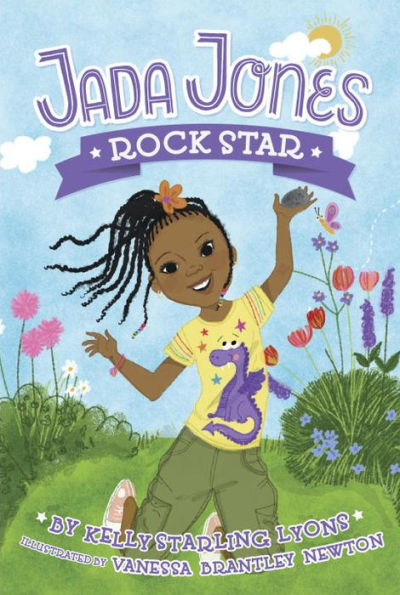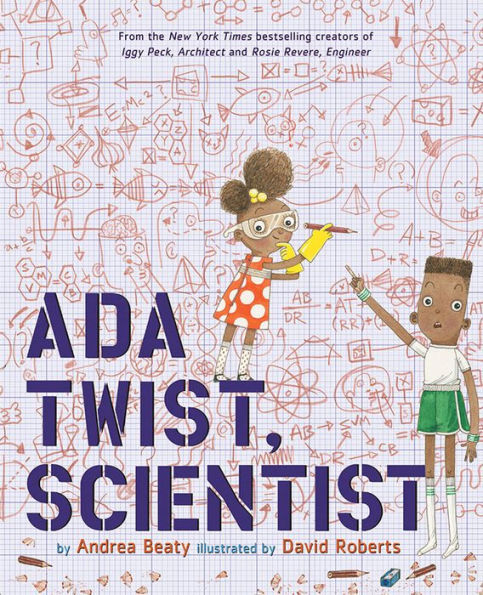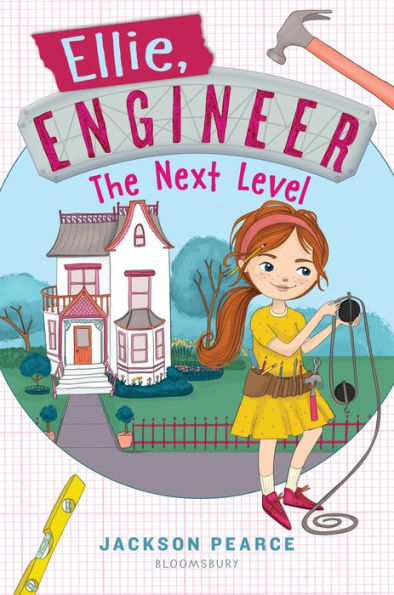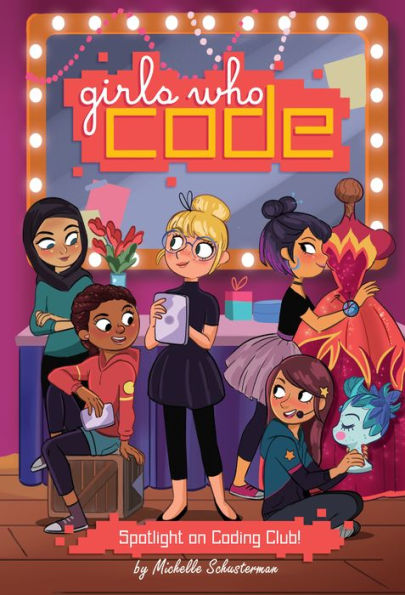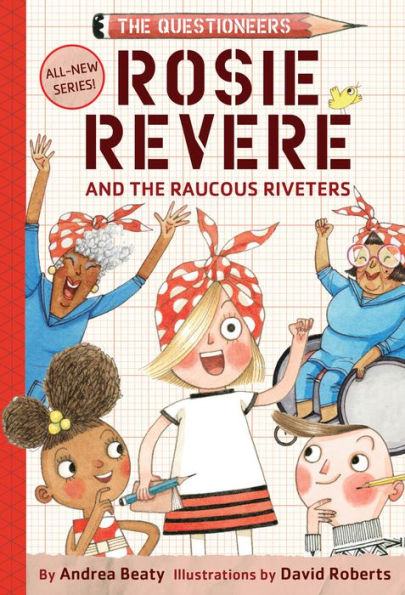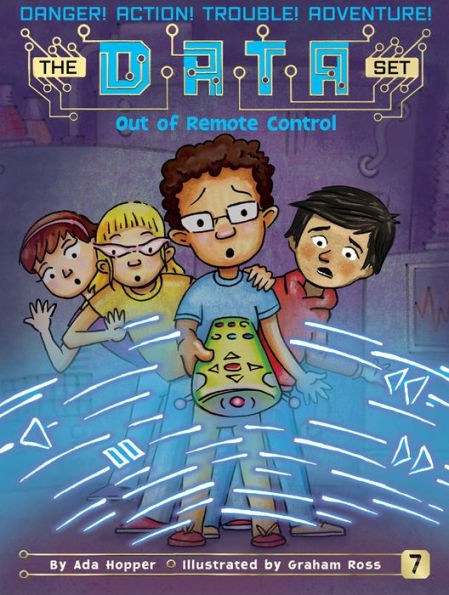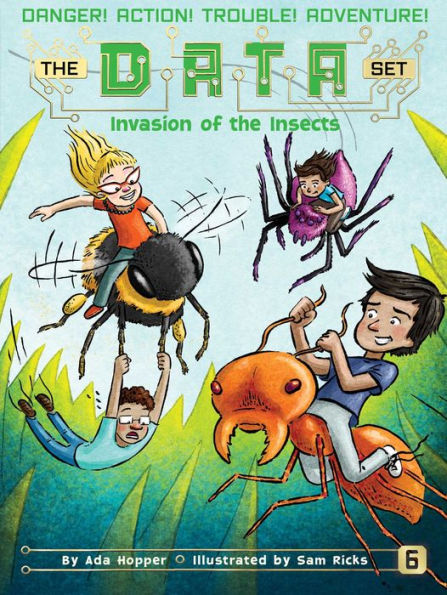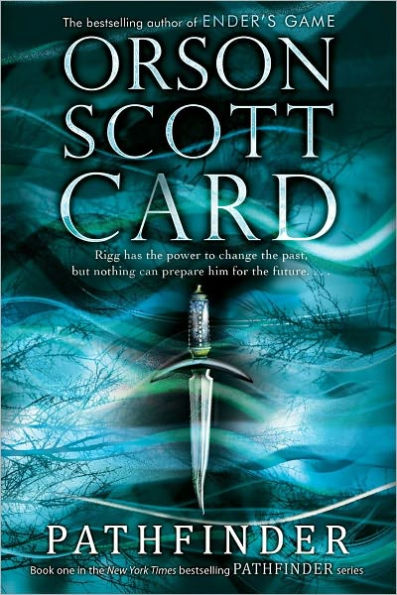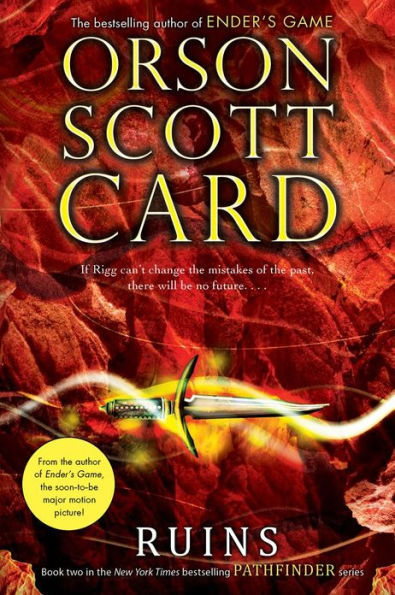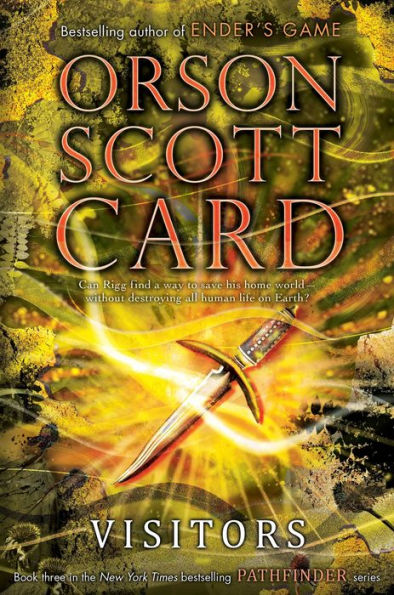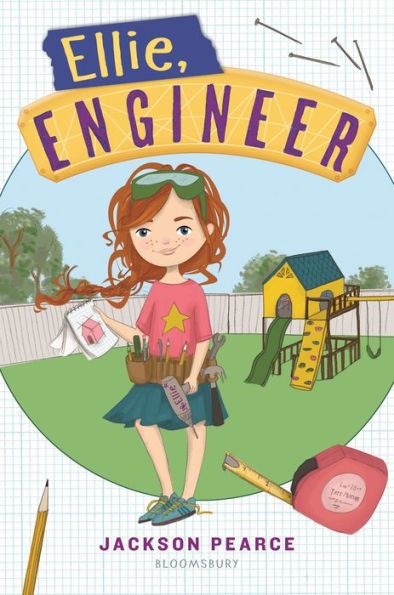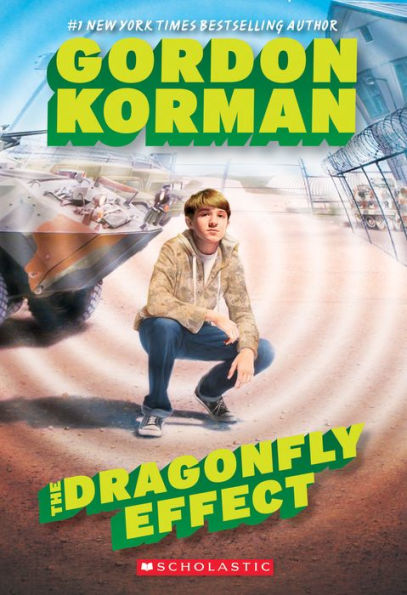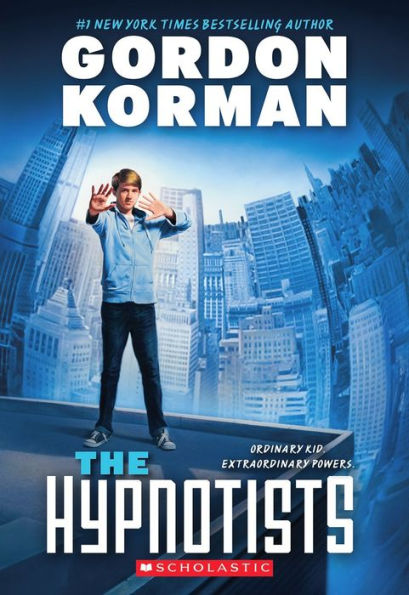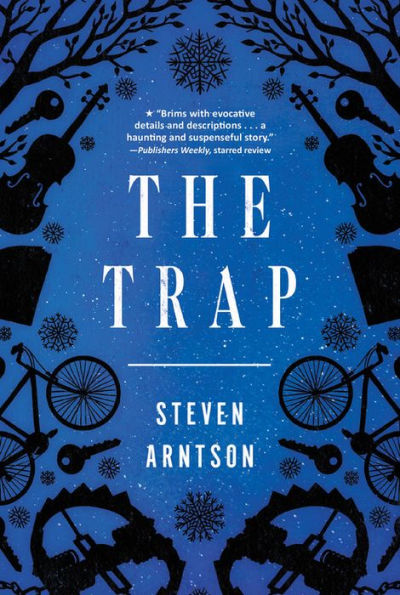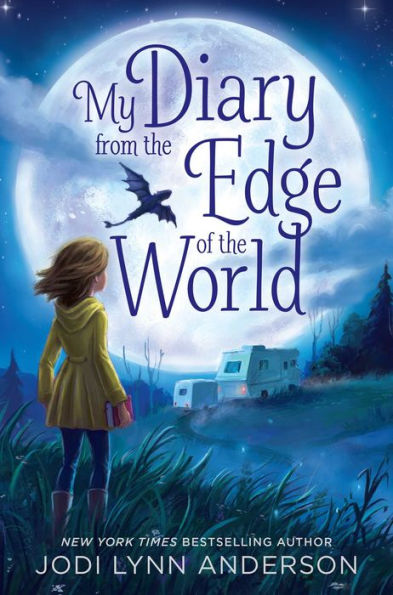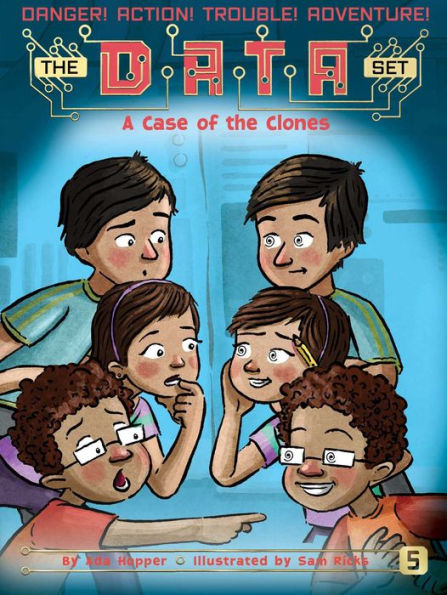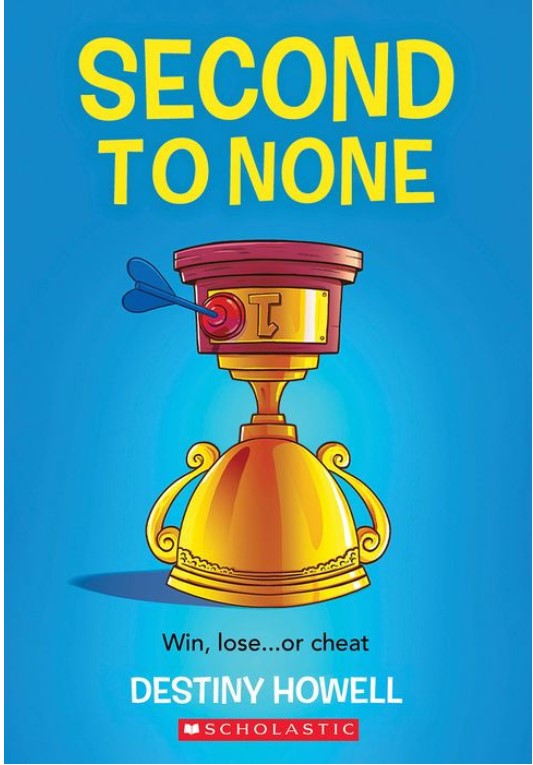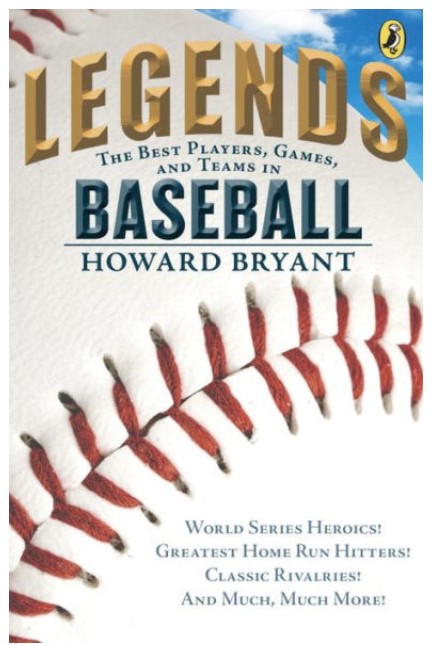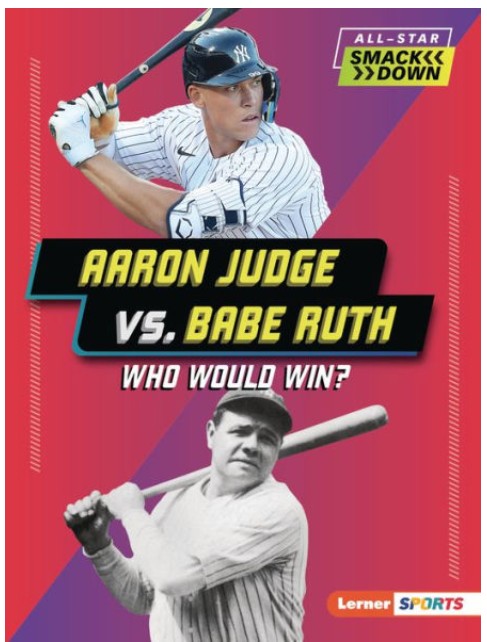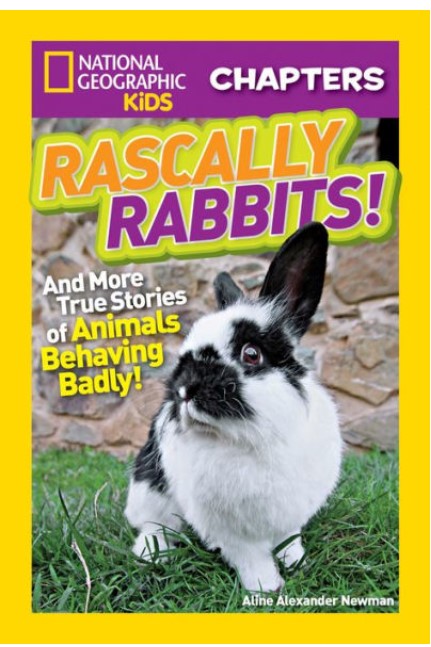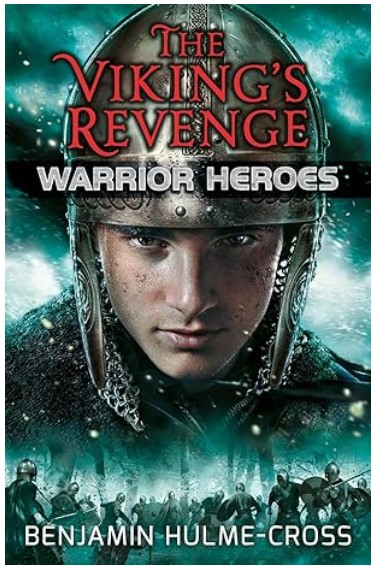Eleven-year-old Hope is excited to start JFK Middle School and be in advanced classes. However, Hope is nervous because for the first time, she won’t be in the same class as her best friend, Sam. When Hope heads to her first class, she discovers that middle school may be harder than she thought.
Hope makes her first embarrassing blunder in science. She makes her second embarrassing mistake in Spanish. When she goes to science club, Hope becomes frustrated because the boys don’t listen to any of the girls. That’s all just on the first day.
Hope may know a lot about science and her favorite superhero, Galaxy Girl, but that may not be enough to survive middle school. Can Hope navigate homework problems, changing friendships, and prove girls can do anything?
Hope has relatable problems that every middle school student can understand. She struggles to make friends, has embarrassing moments, and gets frustrated that others do not always listen to her and the other girls in the science club. In order to prove girls can do anything, Hope takes on more work than she can handle, which causes a colossal disaster. In the end, Hope and her peers are able to “acknowledge that failure is a key ingredient in success. Great scientists make mistakes all the time, and that’s how they learn and grow.”
Project Middle School is told from Hope’s point of view and focuses on both her home and school life. Even though the story has relatable conflicts, the story’s flow is choppy. Several of the events felt like they were incorporated to prove a point instead of being a natural extension of the story. For example, Hope asks a Latinx classmate if Spanish is her superpower. Hope then realizes that she shouldn’t make assumptions about other people.
Middle school readers will enjoy Project Middle School, which is told from Hope’s point of view. The story uses easy vocabulary and cartoon-like black and white illustrations. Large illustrations appear on almost every page. JFK Middle School’s students are diverse. The story teaches valuable lessons about not making assumptions and apologizing. The story illustrates that every voice counts. Despite this, Hope doesn’t have a clear voice and her story is bland. Even though Project Middle School isn’t a memorable story, middle school readers will understand Hope’s struggles as well as learn positive life lessons. Readers who enjoy Project Middle School should add You Go First by Erin Entrada Kelly to their reading list.
Sexual Content
- During class, Hope accidentally reads the wrong page from the science textbook. She reads to the class, “The mating habits of fruit flies will be the main subject of this selection.”
Violence
- None
Drugs and Alcohol
- None
Language
- Darn is used once.
- OMG is used as an exclamation four times. For example, when Hope’s friend sees her in the school hallway, the friend says, “OMG, Hope! I was just thinking about you.”
- Hope calls her dogs “little fluff butts” twice.
Supernatural
- None
Spiritual Content
- When Hope goes up to the whiteboard, she was “praying no sweat marks are visible under my arms.”
